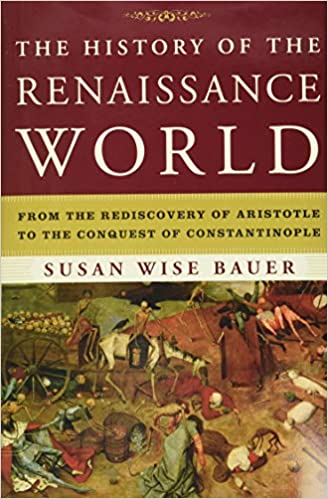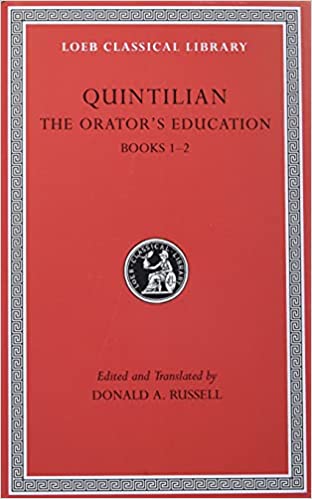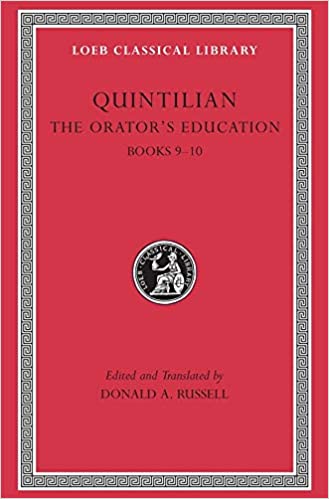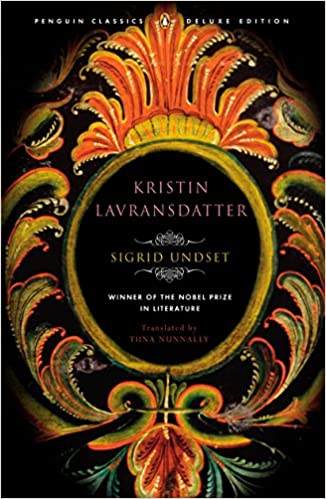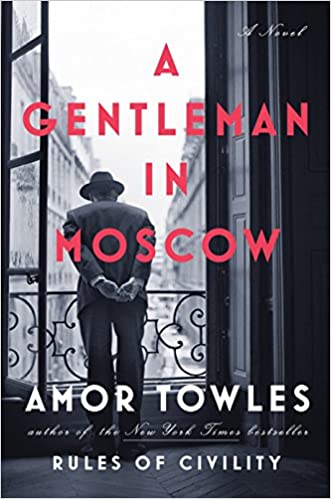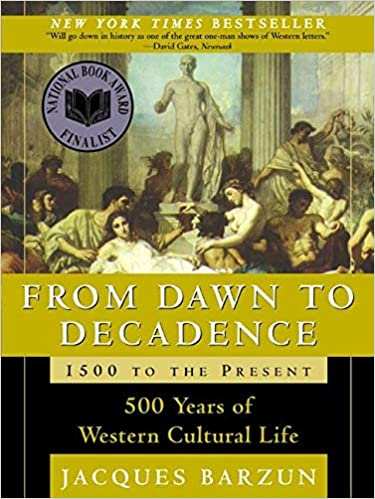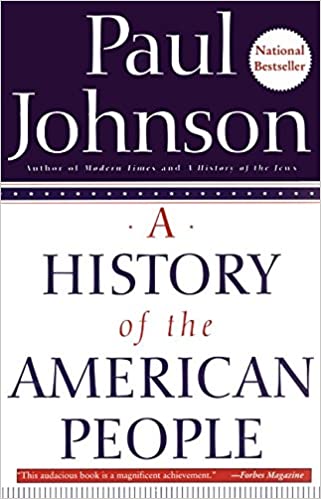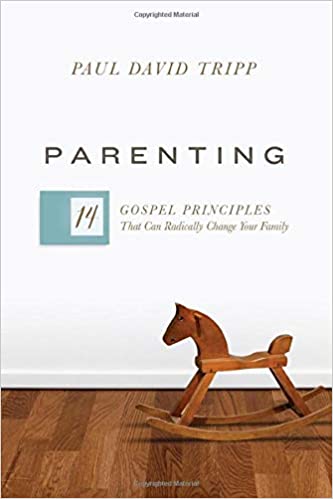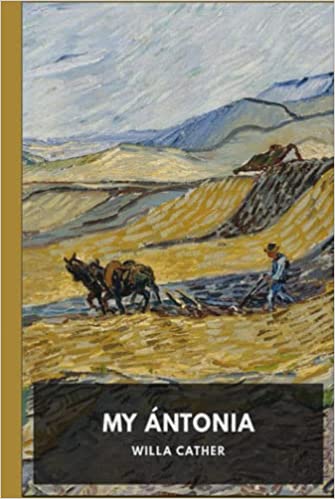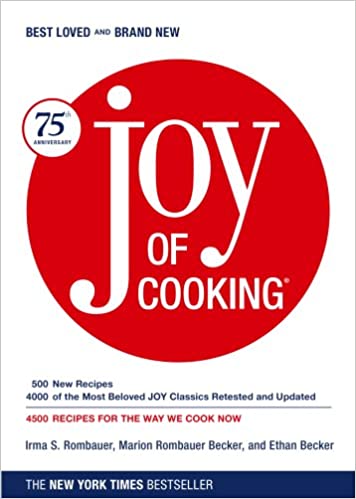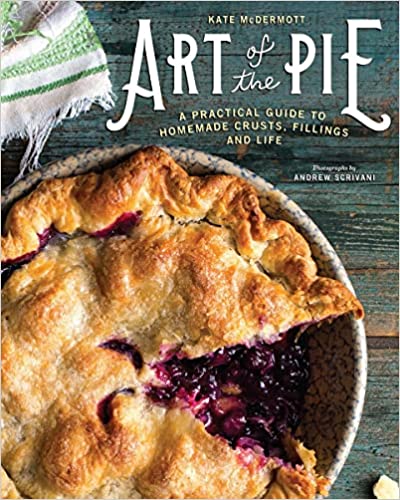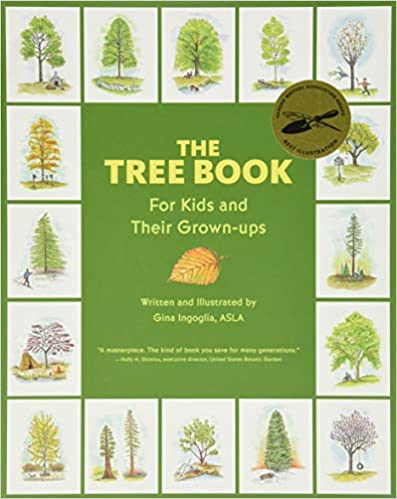The History of the Renaissance World: From the Rediscovery of Aristotle to the Conquest of Constantinople
Beginning in the heady days just after the First Crusade, this volume―the third in the series that began with The History of the Ancient World and The History of the Medieval World―chronicles the contradictions of a world in transition.
Popes continue to preach crusade, but the hope of a Christian empire comes to a bloody end at the walls of Constantinople. Aristotelian logic and Greek rationality blossom while the Inquisition gathers strength. As kings and emperors continue to insist on their divine rights, ordinary people all over the world seize power: the lingayats of India, the Jacquerie of France, the Red Turbans of China, and the peasants of England.
New threats appear, as the Ottomans emerge from a tiny Turkish village and the Mongols ride out of the East to set the world on fire. New currencies are forged, new weapons invented, and world-changing catastrophes alter the landscape: the Little Ice Age and the Great Famine kill millions; the Black Death, millions more. In the chaos of these epoch-making events, our own world begins to take shape.
Impressively researched and brilliantly told, The History of the Renaissance World offers not just the names, dates, and facts but the memorable characters who illuminate the years between 1100 and 1453―years that marked a sea change in mankind’s perception of the world.
22 illustrations, 96 maps
More info →Quintilian: The Orator’s Education, Volume 1, Books 1-2
Quintilian, born in Spain about 35 CE, became a widely known and highly successful teacher of rhetoric in Rome. The Orator's Education (Institutio Oratoria), a comprehensive training program in twelve books, draws on his own rich experience. It is a work of enduring importance, not only for its insights on oratory, but for the picture it paints of education and social attitudes in the Roman world.
Quintilian offers both general and specific advice. He gives guidelines for proper schooling (beginning with the young boy); analyzes the structure of speeches; recommends devices that will engage listeners and appeal to their emotions; reviews a wide range of Greek and Latin authors of use to the orator; and counsels on memory, delivery, and gestures.
Donald Russell's new five-volume Loeb Classical Library edition of The Orator's Education, which replaces an eighty-year-old translation by H. E. Butler, provides a text and facing translation fully up to date in light of current scholarship and well tuned to today's taste. Russell also provides unusually rich explanatory notes, which enable full appreciation of this central work in the history of rhetoric.
More info →Quintilian: The Orator’s Education, Volume IV, Books 9-10
Quintilian, born in Spain about 35 CE, became a widely known and highly successful teacher of rhetoric in Rome. The Orator's Education (Institutio Oratoria), a comprehensive training program in twelve books, draws on his own rich experience. It is a work of enduring importance, not only for its insights on oratory, but for the picture it paints of education and social attitudes in the Roman world.
Quintilian offers both general and specific advice. He gives guidelines for proper schooling (beginning with the young boy); analyzes the structure of speeches; recommends devices that will engage listeners and appeal to their emotions; reviews a wide range of Greek and Latin authors of use to the orator; and counsels on memory, delivery, and gestures.
Donald Russell's new five-volume Loeb Classical Library edition of The Orator's Education, which replaces an eighty-year-old translation by H. E. Butler, provides a text and facing translation fully up to date in light of current scholarship and well tuned to today's taste. Russell also provides unusually rich explanatory notes, which enable full appreciation of this central work in the history of rhetoric.
More info →Kristin Lavransdatter
In her great historical epic Kristin Lavransdatter, set in fourteenth-century Norway, Nobel laureate Sigrid Undset tells the life story of one passionate and headstrong woman. Painting a richly detailed backdrop, Undset immerses readers in the day-to-day life, social conventions, and political and religious undercurrents of the period. Now in one volume, Tiina Nunnally’s award-winning definitive translation brings this remarkable work to life with clarity and lyrical beauty.
As a young girl, Kristin is deeply devoted to her father, a kind and courageous man. But when as a student in a convent school she meets the charming and impetuous Erlend Nikulaussøn, she defies her parents in pursuit of her own desires. Her saga continues through her marriage to Erlend, their tumultuous life together raising seven sons as Erlend seeks to strengthen his political influence, and finally their estrangement as the world around them tumbles into uncertainty.
With its captivating heroine and emotional potency, Kristin Lavransdatter is the masterwork of Norway’s most beloved author—one of the twentieth century’s most prodigious and engaged literary minds—and, in Nunnally’s exquisite translation, a story that continues to enthrall.
A Gentleman in Moscow
In 1922, Count Alexander Rostov is deemed an unrepentant aristocrat by a Bolshevik tribunal, and is sentenced to house arrest in the Metropol, a grand hotel across the street from the Kremlin. Rostov, an indomitable man of erudition and wit, has never worked a day in his life, and must now live in an attic room while some of the most tumultuous decades in Russian history are unfolding outside the hotel’s doors. Unexpectedly, his reduced circumstances provide him entry into a much larger world of emotional discovery.
Brimming with humor, a glittering cast of characters, and one beautifully rendered scene after another, this singular novel casts a spell as it relates the count’s endeavor to gain a deeper understanding of what it means to be a man of purpose.
More info →From Dawn to Decadence: 1500 to the Present: 500 Years of Western Cultural Life
Highly regarded here and abroad for some thirty works of cultural history and criticism, master historian Jacques Barzun has set down in one continuous narrative the sum of his discoveries and conclusions about the whole of Western culture since 1500.
Barzun describes what Western Man wrought from the Renaissance and Reformation down to the present in the double light of its own time and our pressing concerns. He introduces characters and incidents with his unusual literary style and grace, bringing to the fore those that have been forgotten or obscured. His compelling chapters—such as "Puritans as Democrats," "The Monarchs' Revolution," and "The Artist Prophet and Jester"—show the recurrent role of great themes throughout the era.
The triumphs and defeats of five hundred years form an inspiring saga that modifies the current impression of one long tale of oppression by white European males. Women and their deeds are prominent, and freedom (even in sexual matters) is not an invention of the last decades. And when Barzun rates the present not as a culmination but a decline, he is in no way a prophet of doom. Instead, he shows decadence as the normal close of great periods and a necessary condition of the creative novelty that will burst forth—tomorrow or the next day.
Only after a lifetime of separate studies covering a broad territory could a writer create with such ease the synthesis displayed in this magnificent volume.
More info →A History of the American People
"The creation of the United States of America is the greatest of all human adventures," begins Paul Johnson. "No other national story holds such tremendous lessons, for the American people themselves and for the rest of mankind."
In his prize-winning classic, Johnson presents an in-depth portrait of American history from the first colonial settlements to the Clinton administration. This is the story of the men and women who shaped and led the nation and the ordinary people who collectively created its unique character. Littered with letters, diaries, and recorded conversations, it details the origins of their struggles for independence and nationhood, their heroic efforts and sacrifices to deal with the 'organic sin’ of slavery and the preservation of the Union to its explosive economic growth and emergence as a world power. Johnson discusses contemporary topics such as the politics of racism, education, the power of the press, political correctness, the growth of litigation, and the influence of women throughout history. He sees Americans as a problem-solving people and the story of their country as "essentially one of difficulties being overcome by intelligence and skill, by faith and strength of purpose, by courage and persistence... Looking back on its past, and forward to its future, the auguries are that it will not disappoint humanity."
Sometimes controversial and always provocative, A HISTORY OF THE AMERICAN PEOPLE is one author’s challenging and unique interpretation of American history. Johnson’s views of individuals, events, themes, and issues are original, critical, and in the end admiring, for he is, above all, a strong believer in the history and the destiny of the American people.
More info →Parenting: 14 Gospel Principles That Can Radically Change Your Family
What is your calling as a parent?
In the midst of folding laundry, coordinating carpool schedules, and breaking up fights, many parents get lost. Feeling pressure to do everything “right” and raise up “good” children, it’s easy to lose sight of our ultimate purpose as parents in the quest for practical tips and guaranteed formulas.
In this life-giving book, Paul Tripp offers parents much more than a to-do list. Instead, he presents us with a big-picture view of God’s plan for us as parents. Outlining fourteen foundational principles centered on the gospel, he shows that we need more than the latest parenting strategy or list of techniques. Rather, we need the rescuing grace of God―grace that has the power to shape how we view everything we do as parents.
Freed from the burden of trying to manufacture life-change in our children’s hearts, we can embrace a grand perspective of parenting overflowing with vision, purpose, and joy.
More info →My Antonia
In this symphonically powerful and magnificently observed novel, Cather created one of the most winning heroines in American fiction, a woman whose calm, undemonstrative strength and robust high spirits make her emblematic of the virtues Cather most admired in her country. Ántonia Shimerda is the daughter of Bohemian immigrant parents struggling with the oceanic loneliness of life on the Nebraska prairie. Through the eyes of Jim Burden, her tutor and disappointed admirer, we follow Ántonia from farm to town as she survives hardships both natural and human, from poverty to a failed romance—and not only survives but triumphs.
Written in the style of a memoir, My Ántonia chronicles Jim Burden’s friendship with the daughter of a Czech immigrant family. Recently orphaned, he moves west to Nebraska to live with his grandparents. Riding the same train is the Shimerda family, who are also on their way to settle in the area. The Shimerdas have a difficult life as pioneers: living in a sod house, working the fields, and running out of food in the winter. Jim soon becomes smitten with Ántonia, the eldest daughter, as they grow up and explore the landscape around them together. Through his eyes, we see both how she shapes the land around her and is shaped by the rigors of poverty.
Similarly to Jim, Willa Cather spent her early years in Nebraska but most of her adult life in Eastern cities. She pays homage to her homeland with her Prairie Trilogy of novels: O Pioneers!, The Song of the Lark, and My Ántonia. They are tinged with her characteristic straightforward language, reverence for nature, and nostalgia, even as she acknowledges the hardships of the past.
More info →Joy of Cooking
A St. Louis widow named Irma Rombauer took her life savings and self-published a book called The Joy of Cooking in 1931. Her daughter Marion tested recipes and made the illustrations, and they sold their mother-daughter project from Irma's apartment.
Today, nine revisions later, the Joy of Cooking—selected by The New York Public Library as one of the 150 most important and influential books of the twentieth century—has taught tens of millions of people to cook, helped feed and delight millions beyond that, answered countless kitchen and food questions, and averted many a cooking crisis.
Ethan Becker, Marion's son, led the latest version of JOY, still a family affair, into the twenty-first century with the seventy-fifth anniversary edition that draws upon the best of the past while keeping its eye on the way we cook now. It features a rediscovery of the witty, clear voices of Marion Becker and Irma Rombauer, whose first instructions to the cook were “stand facing the stove.” Recently, Ethan’s son, John Becker, and John’s wife, Megan Scott, joined the JOY team, where they oversee the brand’s website (TheJoyKitchen.com) and all social media for JOY. They spearheaded the creation of the bestselling Joy of Cooking app, available for iPhone and iPad.
JOY remains the greatest teaching cookbook ever written. Reference material gives cooks the precise information they need for success. New illustrations focus on techniques, including everything from knife skills to splitting cake layers, setting a table, and making tamales.
The 75th Anniversary edition also brings back the encyclopedic chapter Know Your Ingredients. The chapter that novices and pros alike have consulted for over thirty years has been revised, expanded, and banded, making it a book within a book. Cooking Methods shows cooks how to braise, steam, roast, sauté, and deep-fry effortlessly, while an all-new Nutrition chapter has the latest thinking on healthy eating—as well as a large dose of common sense.
This edition restores the personality of the book, reinstating popular elements such as the grab-bag Brunch, Lunch, and Supper chapter and chapters on frozen desserts, cocktails, beer and wine, canning, salting, smoking, jellies and preserves, pickles and relishes, and freezing foods. Fruit recipes bring these favorite ingredients into all courses of the meal, and there is a new grains chart. There are even recipes kids will enjoy making and eating, such as Chocolate Dipped Bananas, Dyed Easter Eggs, and the ever-popular Pizza.
In addition to hundreds of brand-new recipes, this JOY is filled with many recipes from all previous editions, retested and reinvented for today's tastes.
This is the JOY for how we live now. Knowing that most cooks are sometimes in a hurry to make a meal, the JOY now has many new dishes ready in thirty minutes or less. Slow cooker recipes have been added for the first time. This JOY shares how to save time without losing flavor by using quality convenience foods such as canned stocks and broths, beans, tomatoes, and soups, as well as a wide array of frozen ingredients. Cooking creatively with leftovers emphasizes ease and economy, and casseroles—those simple, satisfying, make-ahead, no-fuss dishes—abound. Especially important to busy households is a new section that teaches how to cook and freeze for a day and eat for a week, in an effort to eat more home-cooked meals, save money, and dine well.
As always, JOY grows with the times: The 75th Anniversary edition of JOY boasts an expanded Vegetables chapter, including instructions on how to cook vegetables in the microwave, and an expanded baking section, Irma's passion—always considered a stand-alone bible within the JOY.
This all-purpose anniversary edition of the Joy of Cooking offers endless choice for virtually every occasion, situation, and need, from a ten-minute stir-fry on a weekday night to Baby Back Ribs and Grilled Corn in the backyard, or a towering Chocolate Layer Cake with Chocolate Fudge Frosting and Homemade Vanilla Ice Cream. JOY will show you the delicious way just as it has done for countless cooks before you.
The span of culinary information is breathtaking and covers everything from boiling eggs (there are two schools of thought) to showstopping, celebratory dishes such as Beef Wellington, Roast Turkey and Bread Stuffing, and Crown Roast of Pork.
More info →Art of the Pie: A Practical Guide to Homemade Crusts, Fillings, and Life
Pie making should be simple and fun. Kate McDermott, who learned to make pie from her Iowa grandmother, has taught the time-honored craft of pie-making to thousands of people. In Art of the Pie she shares her secrets to great crusts (including gluten-free options) with instructions for making, rolling, and baking them, as well as detailed descriptions for ingredients, methods, and tricks for making fillings. Organized by type of fruit, style of pie, and sweet versus savory, recipes range from apple to banana rum caramel coconut, raspberry rhubarb to chicken potpie. Along with luscious photography, McDermott makes it very easy to become an accomplished pie maker. This is the only PIE cookbook you need.
More info →The Tree Book for Kids and Their Grown-Ups
The birds, the bees, the flowers and the…TREES! How do trees grow? Why do leaves change? What kind of tree is that? The acclaimed Brooklyn Botanic Garden’s guide answers all kids’ (and their parents’) tree-related questions in an easy-to-understand way. It features 33 different trees that grow in North America, from rural Georgia to the streets of New York City to the California suburbs. Each profile includes a beautiful botanical watercolor illustration by author Gina Ingoglia showing the tree as it appears in a particular season, as well as life-size depictions of its leaf, flower, and seed. Readers of all ages will be in awe over the wonderful world of trees.
More info →
